Another new magazine,
I hope you like it.
To start, a new recipe update – what else 🙂
“The Big Negative – “I can’t BELIEVE this is not Film!” Fujifilm Recipe”
A very promising title, but is it?
And as a bonus, on the same page there is another recipe from the same maker – “The Big Negative – My JEFF BRIDGES B&W Fujifilm Recipe, perfect for Streetphotography”
My personal opinion ?
The recipes leave room for further experimentation,
but out of the box they are already great anyway.
I would definitely go check it out!
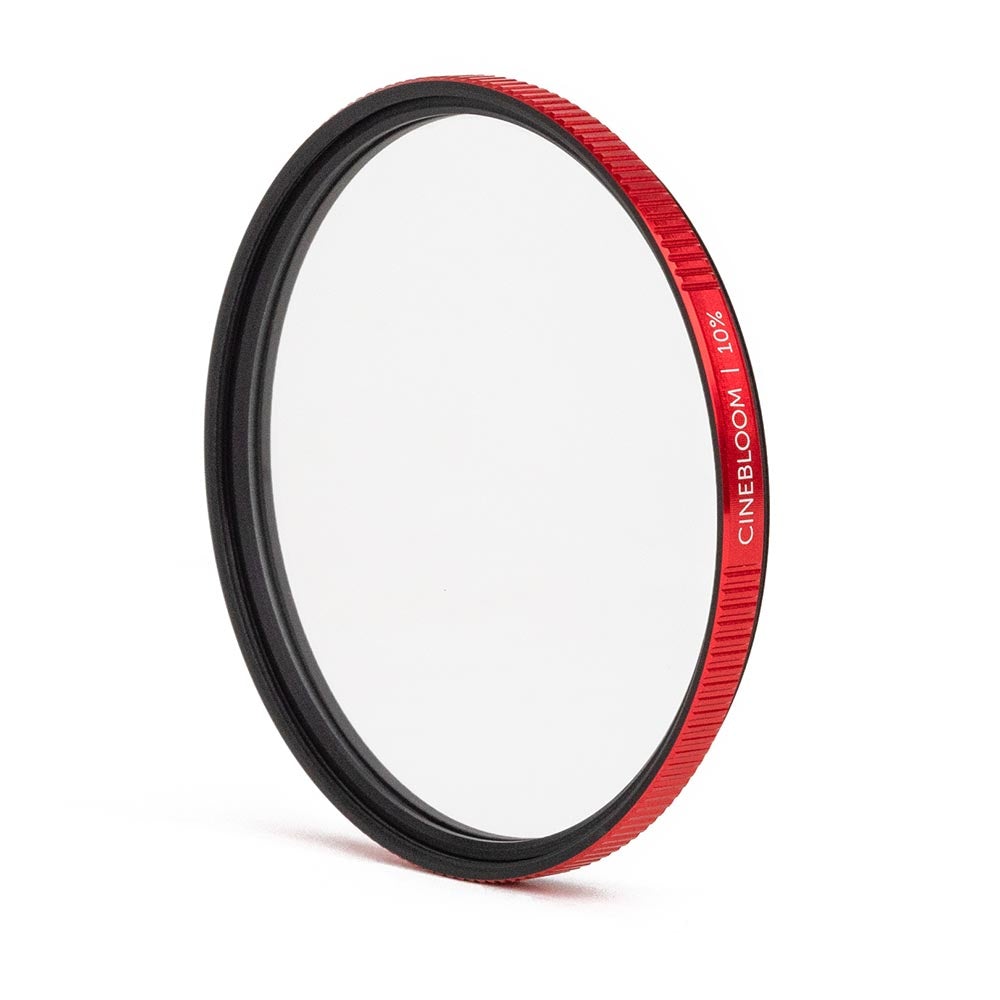
Cinebloom – Tiffen Black Mist
Don’t you have them either?
Those sets with glass filters?
Mine are from Cokin, but there are others.
Bought for specialized types of analog or digital photography and filming.
Such as Infra Red filters and filters for photographing in daylight with Cinestill.
But I also have other, color filters, faded filters etc…
Recently I also started to specialize in Video with one of my X-H1 cameras, and also in that branch filters are sometimes interesting,
especially when you want to give your footage an “Analog Look”.
Cinebloom and Tiffen Black Mist Pro are just a few that come to my mind right now.
But all those filters actually cost a lot of money,
and do I use them regularly?
So no.
Coincidentally, on the same channel where I found that last film recipe,
I also saw a video about making such a filter yourself,
I thought, this could be interesting – not just for me, but for many other photographers.
So check out this link : SAVE 100$ With This DIY MIST FILTER, and maybe it will help you to think of other filters too – like the “Black Mist” Filter by Pyry Ruuskanen . Have fun creating your own filter sets !
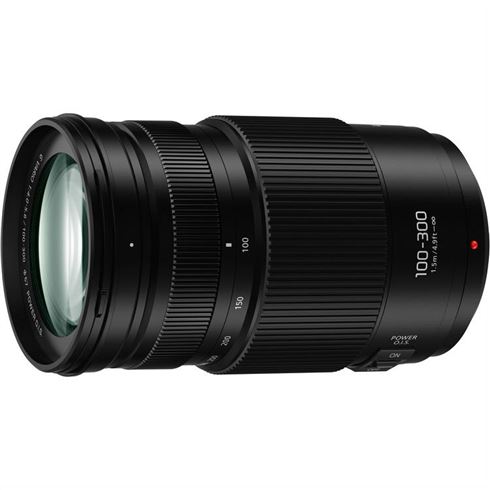
Panasonic Lumix G Vario 100-300 F4.0-5.6II and Olympus 14-150mm F4.0-5.6 II
To get started with my new Olympus E-M5MarkII I needed a few lenses. Included with the camera was the Olympus 14-42mm F3.5-5.6 EZ, Well this lens is just like the Fujifilm 15-45mm, only more compact – the problem is that I don’t like electronic zooms, but 14mm was a good starting point for a standard lens on an Olympus camera.
Because I’m not quite sure where I want to go with the Olympus camera system – meaning two different systems is not very convenient – I wanted to buy as few lenses as possible, but have a kit that is as complete and compact as possible for both architecture and wildlife.
The first lens was the Laowa 10mm Zero D, the ideal lens for architecture.
For the “standard” range I chose the Olympus 14-150mm F4.0-5.6 II,
and for the “super tele” range I got the Panasonic Lumix G Vario 100-300 F4.0-5.6II
This gives a 35mm equivalent of 20mm, 28-300mm and 200-600mm respectively. I was able to buy these last two zooms second hand for about €500 together – try that for the Fujifilm system!
Both lenses are very good – more than adequate for most photographers like me who are not pixel peepers – 🙂
Coincidentally, I was reading an article by Craig Bergonzoni today about “Shooting At ISO 12,800” – what is this have to do with the lens you think ?
Well, as he says, I think most of us don’t really want to shoot at such a high ISO – just because it’s too noisy, and (we think) isn’t pretty.
But actually photos taken at this high ISO are still quite ok – and, from an analog standpoint, even similar and more than acceptable.
We photographers have all become a bit spoiled with progress. Everything should be to fine, no noise, razor blade sharp – just no room for any imperfection. So no the lenses are not 100% sharp.
However, these are pocket lenses and ridiculously cheap to get.
I think it’s what you’re willing to pay for it, and what you accept as ok.
Below are some results. The pictures are unaltered – only made smaller for web.
The enlargements are screen prints with the exif information from the viewer.
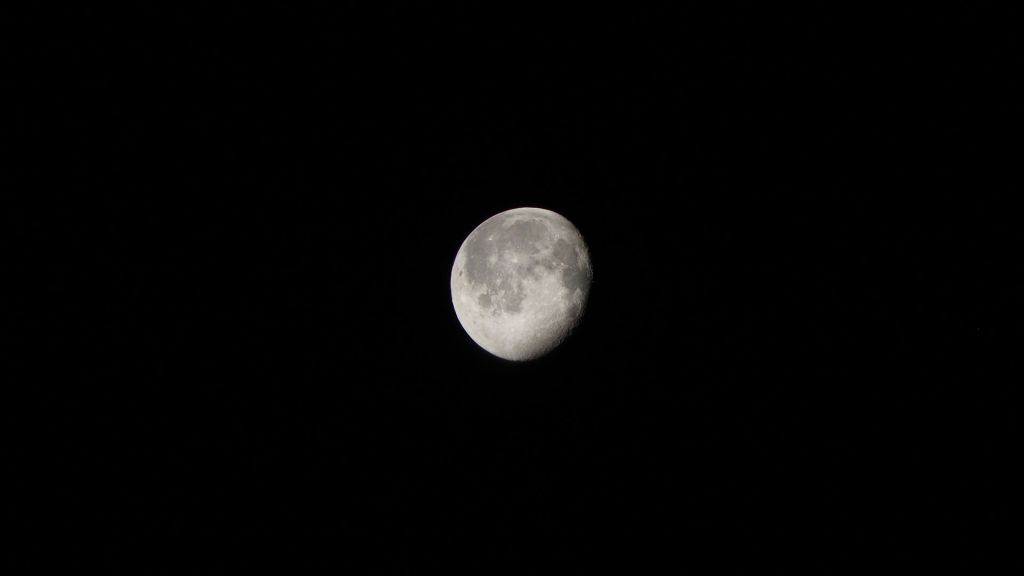
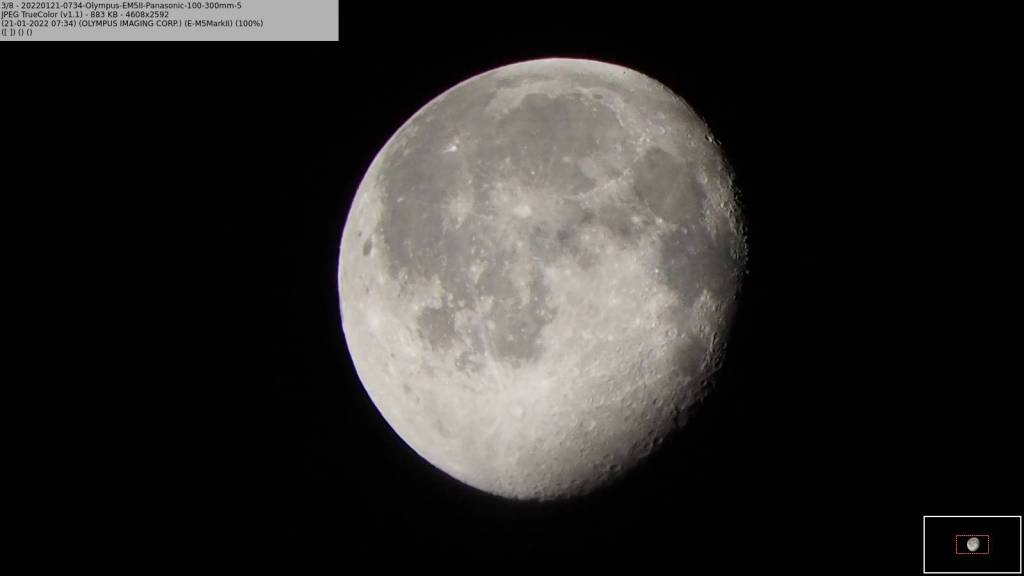
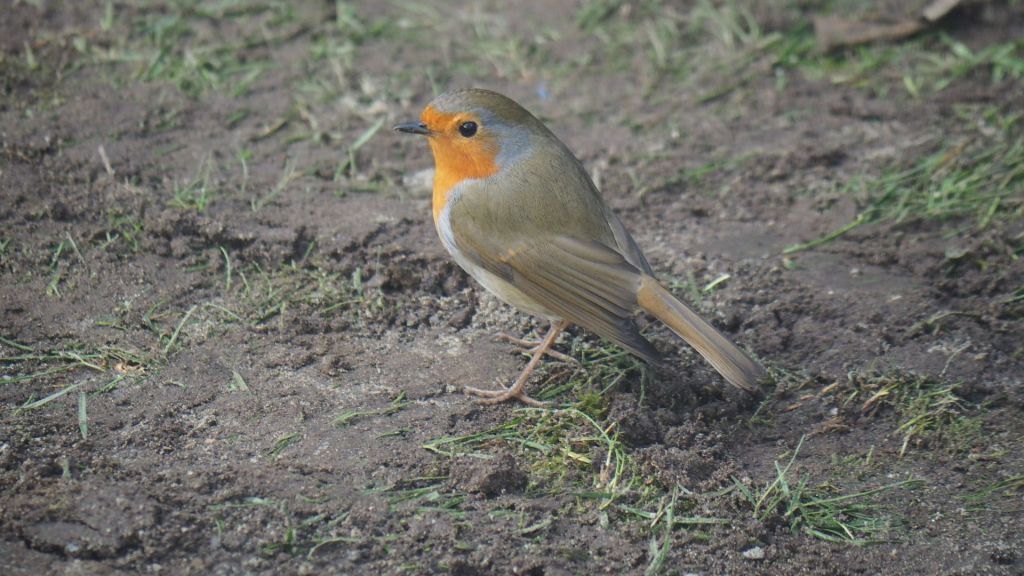
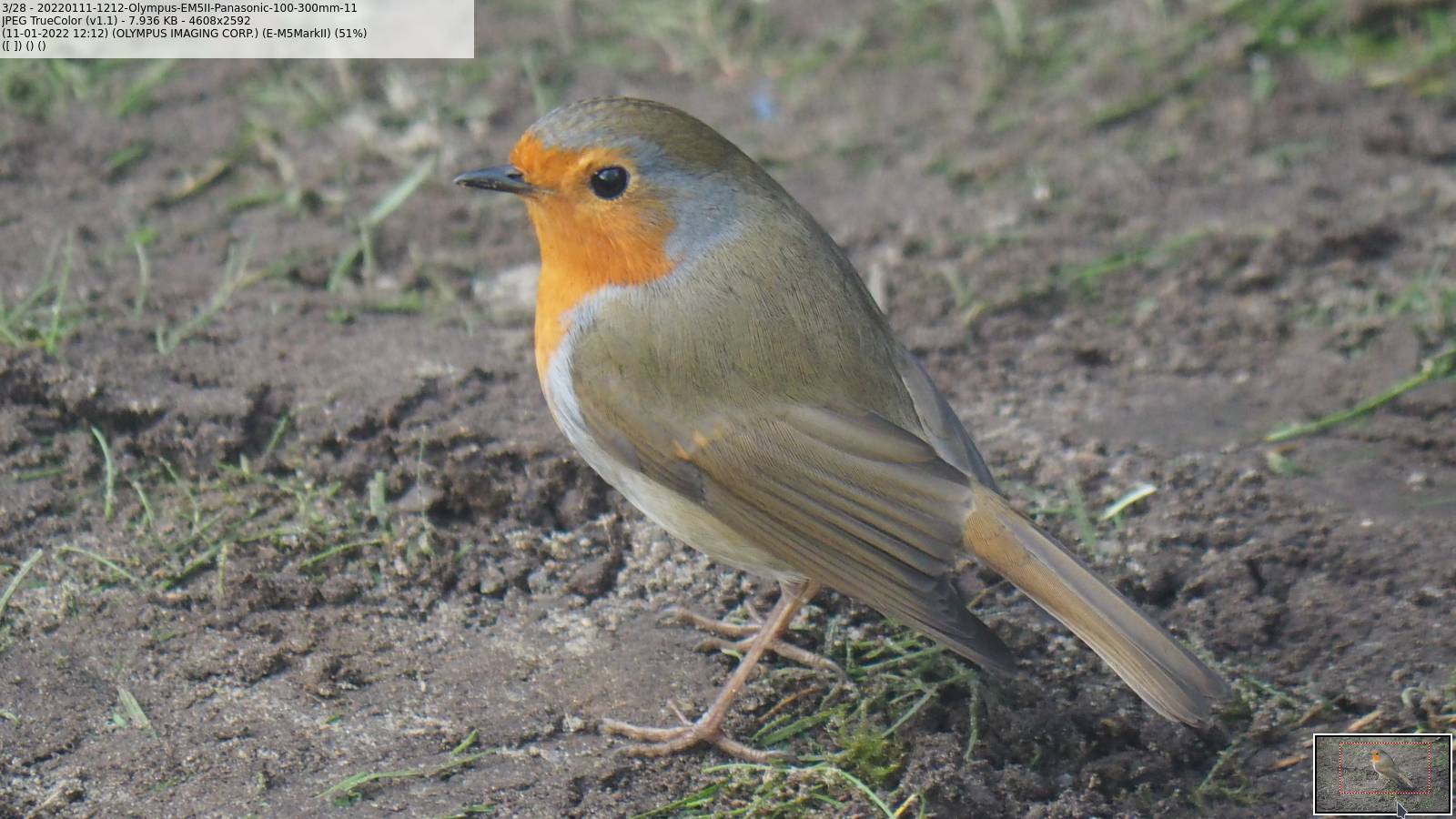
Discover more from Open Source Photography
Subscribe to get the latest posts sent to your email.


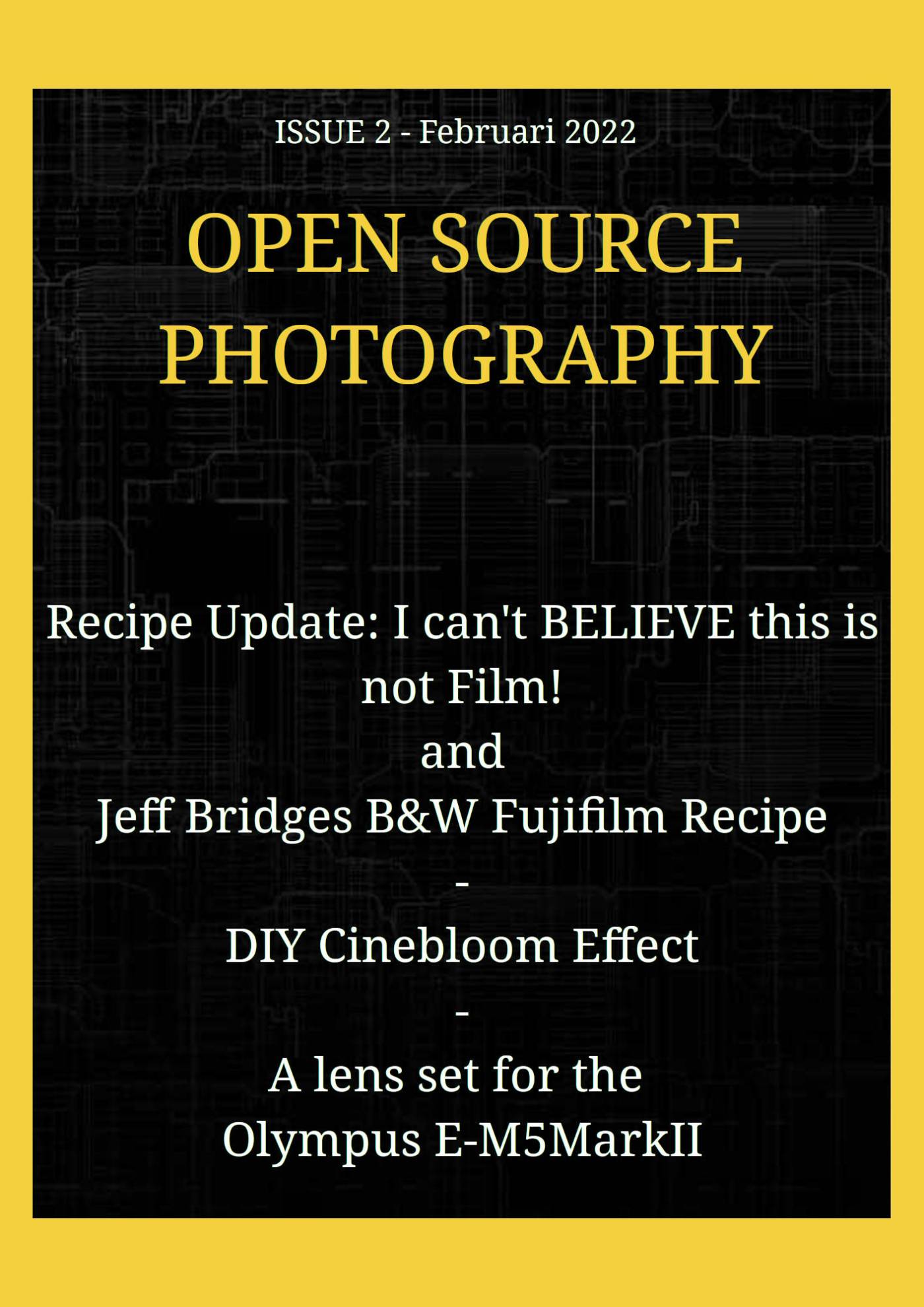

Enjoyed this post? Put your thoughts into words! Or just give a thumbs-up in the comment box!